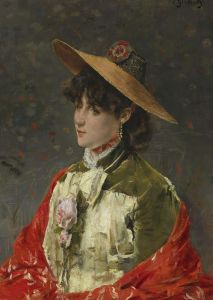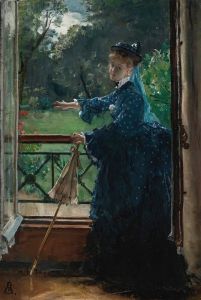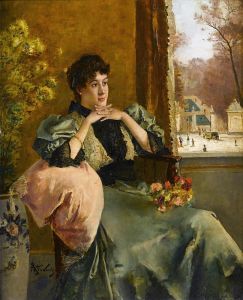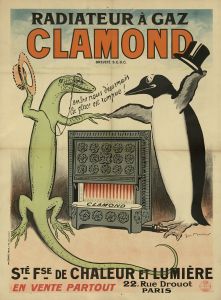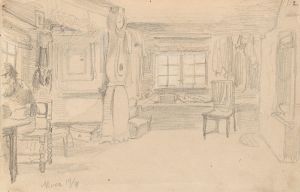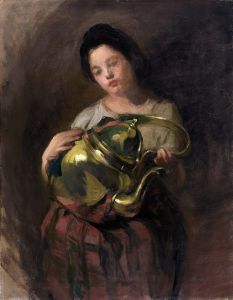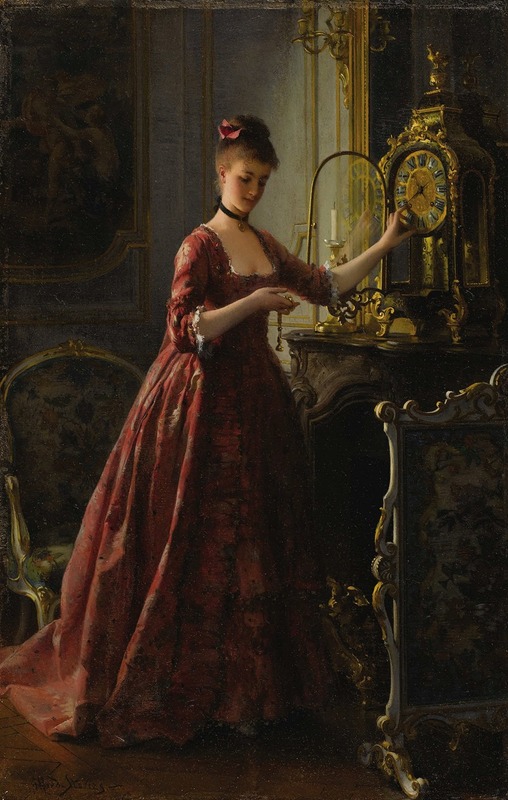
Winding The Mantle Clock
A hand-painted replica of Alfred Stevens’s masterpiece Winding The Mantle Clock, meticulously crafted by professional artists to capture the true essence of the original. Each piece is created with museum-quality canvas and rare mineral pigments, carefully painted by experienced artists with delicate brushstrokes and rich, layered colors to perfectly recreate the texture of the original artwork. Unlike machine-printed reproductions, this hand-painted version brings the painting to life, infused with the artist’s emotions and skill in every stroke. Whether for personal collection or home decoration, it instantly elevates the artistic atmosphere of any space.
Alfred Stevens (1823–1906) was a Belgian painter known for his depictions of elegant women in refined interiors, often capturing moments of quiet introspection or domestic activity. One of his works, Winding the Mantle Clock, exemplifies his mastery in portraying the intimate and serene aspects of 19th-century bourgeois life. The painting depicts a woman engaged in the simple yet symbolic act of winding a clock, a task that underscores the passage of time and the rhythms of daily life.
Stevens was deeply influenced by both the Realist and Impressionist movements, and his works often reflect a meticulous attention to detail combined with a sensitivity to light and texture. In Winding the Mantle Clock, the artist's skill is evident in the rendering of the woman's attire, the furnishings, and the clock itself. The scene is set in a well-appointed interior, characteristic of the affluent middle class of the time. The woman's dress, posture, and surroundings suggest a sense of quiet dignity and order, themes that recur throughout Stevens' oeuvre.
The painting also reflects Stevens' ability to capture the subtleties of human emotion and interaction with objects. The act of winding the clock, while mundane, is imbued with a sense of ritual and care, highlighting the connection between the individual and the objects that structure daily life. This focus on domesticity and the private sphere was a hallmark of Stevens' work, aligning him with other artists of his era who sought to elevate everyday moments into subjects worthy of artistic exploration.
Stevens' career was marked by critical and commercial success during his lifetime, particularly in Paris, where he was part of the vibrant art scene of the Second Empire. His works were celebrated for their elegance and technical precision, and he was awarded numerous honors, including the Legion of Honor in France. However, his reputation declined somewhat after his death, as tastes in art shifted in the early 20th century. In recent decades, there has been renewed interest in his work, with scholars and collectors recognizing his contributions to 19th-century art.
Specific details about the provenance or exhibition history of Winding the Mantle Clock are not widely documented. However, the painting remains an example of Stevens' ability to blend technical skill with a nuanced portrayal of the social and cultural milieu of his time.








